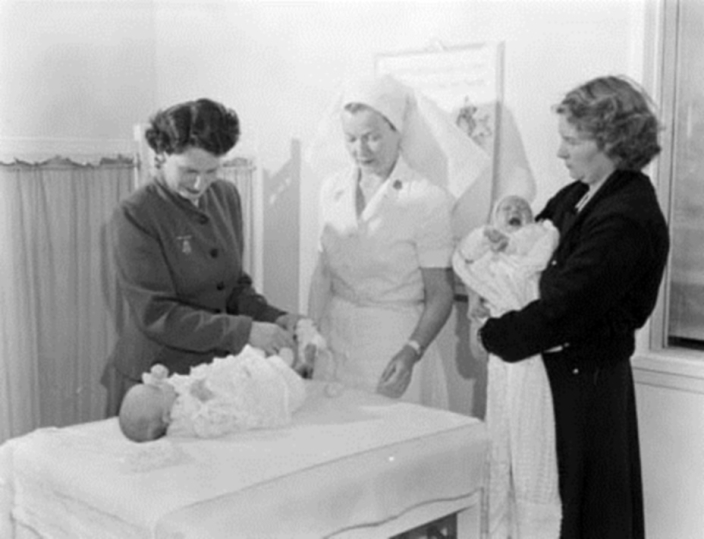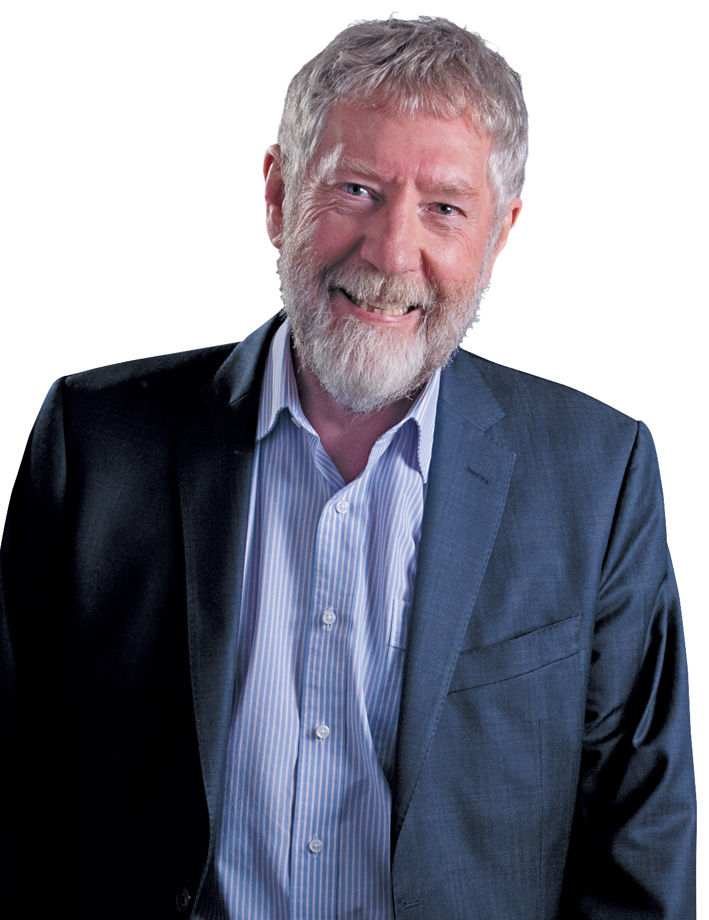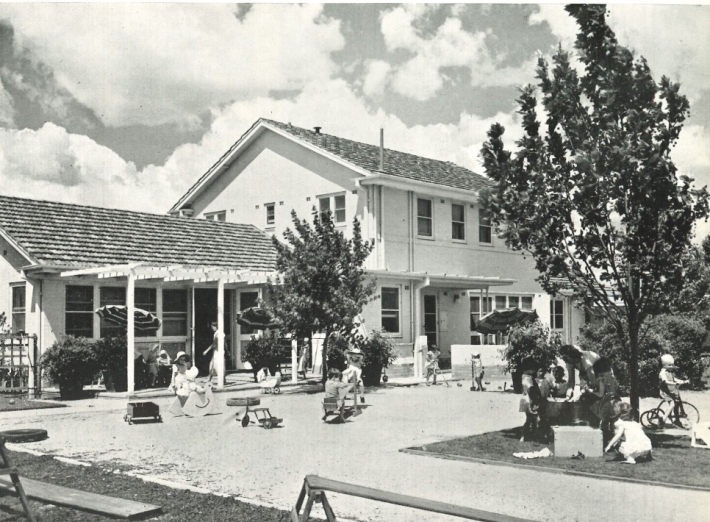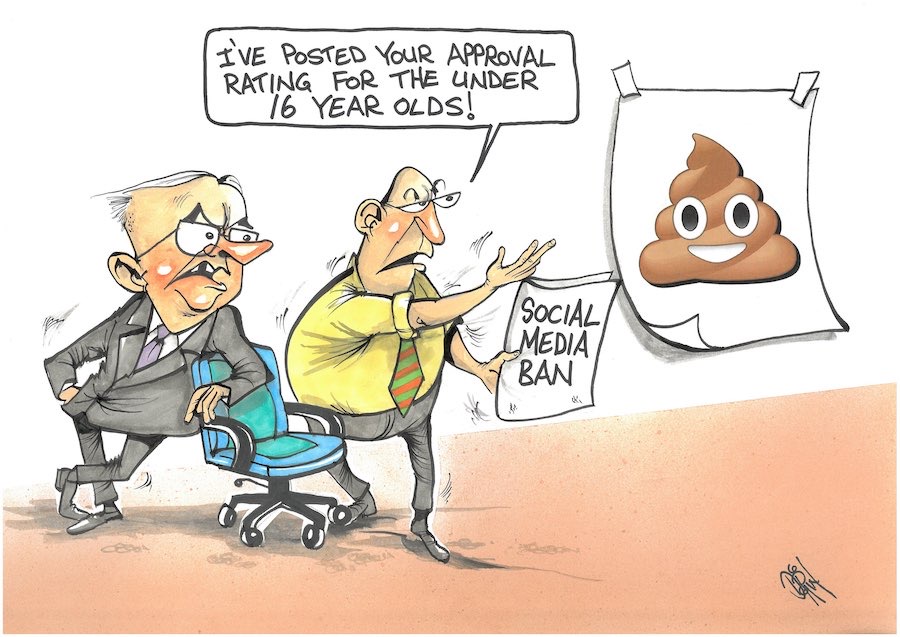
“No doubt there was considerable expense involved in funding the network of child health centres that supported families in the past. However, those centres played a key role in keeping children out of hospital,” writes MICHAEL MOORE unimpressed at the funding levels for a new child-health strategy.
CHILDREN have been getting a raw deal from the ACT government regarding health.

There was a scathing report on the state of pediatric care in the ACT as per this column in “CityNews” in early November. Attempts are being made to improve hospital and other pediatric treatment systems.
Now the government has recognised that prevention is better than cure and announced efforts to improve the health of our children, especially in their first one thousand days.
Just $2 million was committed at the launch of “Best Start for Canberra’s Children: The First 1000 Days Strategy”. It is exciting that the government is taking steps at prevention in the early stages of life, hoping for less demand on our hospital and primary healthcare services.
The principle is right. However, much of the strategy is motherhood and, in the sense of broad generalisations, it is not enough.
The strategy says: “Evidence shows there are a range of supports and opportunities for engaging with children, parents and caregivers in the early years that can make a significant difference to a child’s life experiences, health, wellbeing and development”.
“These supports and opportunities are preventive and time critical, therefore we must invest early in life to have the most impact”.
Some of us remember the network of baby health centres that offered these services when my own children were in their first one thousand days. Budget cuts! This strategy feels so much like reinventing the wheel. Support for parents and their children was found in almost all Canberra suburbs at the time. Advice and connection were key elements of these baby health centres.
Parents of the time could learn about nutrition and breastfeeding, there was also weight and other health indications being monitored along with appropriate vaccinations. All this by qualified nursing staff. Now it’s time to go back to the future.

Health Minister, Rachel Stephen-Smith, in launching the “Best Start Strategy” argued: “A nutritious diet and being active both support healthy weight and contribute to good health. We want our children and young people to live well, and we know that healthy weight in childhood reduces the risk of developing chronic disease later in life”.
The minister also identified the importance of physical exercise: “Optimum nutrition and physical activity during the early years of life are essential for normal growth, including both physical and cognitive development. They also establish healthy habits that can be carried into adulthood.”
According to the “Best Start Strategy” the evidence for a healthy start falls into six categories:
- Providing better access to advice, support and services when needed.
- Creating spaces for happy childhoods.
- Focusing on good maternal health and family wellbeing during pregnancy.
- Offering safe and connected communities.
- Increasing resilience and protective factors.
- Encouraging strong parent and caregiver child attachment and bonding.
- Brief details are provided on how to achieve each of these. However, the lion’s share of implementation responsibility falls on an underfunded community sector.
The efforts of the non-government services in offering advice and providing such a range of services are really admirable. However, a measly $2 million in additional support across the sector is simply miserable.
No doubt there was considerable expense involved in funding the network of child health centres that supported families in the past. However, those centres played a key role in keeping children out of hospital.
Current support services offered by organisations such as Tresillian, Marymead and the Perinatal Wellbeing Centre are admirable. This is likely why the minister launched the “Best Start Strategy” at their First One Thousand Days Conference a few weeks ago.

In a smoke-and-mirrors approach, not all of the $2 million is specifically dedicated to the first one thousand days.
Of the money identified, there are “grants of up to $40,000 for community organisations to deliver innovative activities that support re-connection within priority population groups. The targeted funding will aim to support priority populations in all age groups to re-establish social connection after the impacts of COVID-19 over the past two and a half years”.
To be really successful, the services identified in the “Best Start Strategy” are going to need considerable additional funding in the coming Budgets.
Who can be trusted?
In a world of spin and confusion, there’s never been a more important time to support independent journalism in Canberra.
If you trust our work online and want to enforce the power of independent voices, I invite you to make a small contribution.
Every dollar of support is invested back into our journalism to help keep citynews.com.au strong and free.
Thank you,
Ian Meikle, editor





Leave a Reply